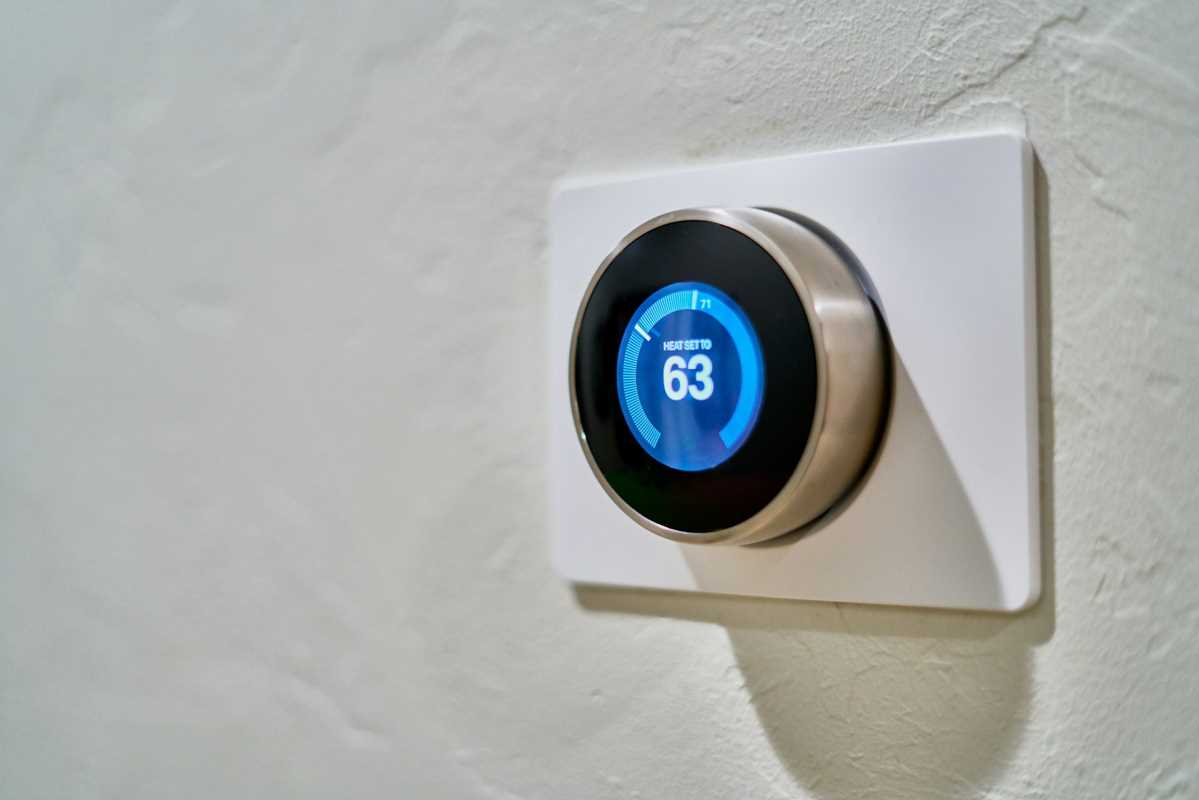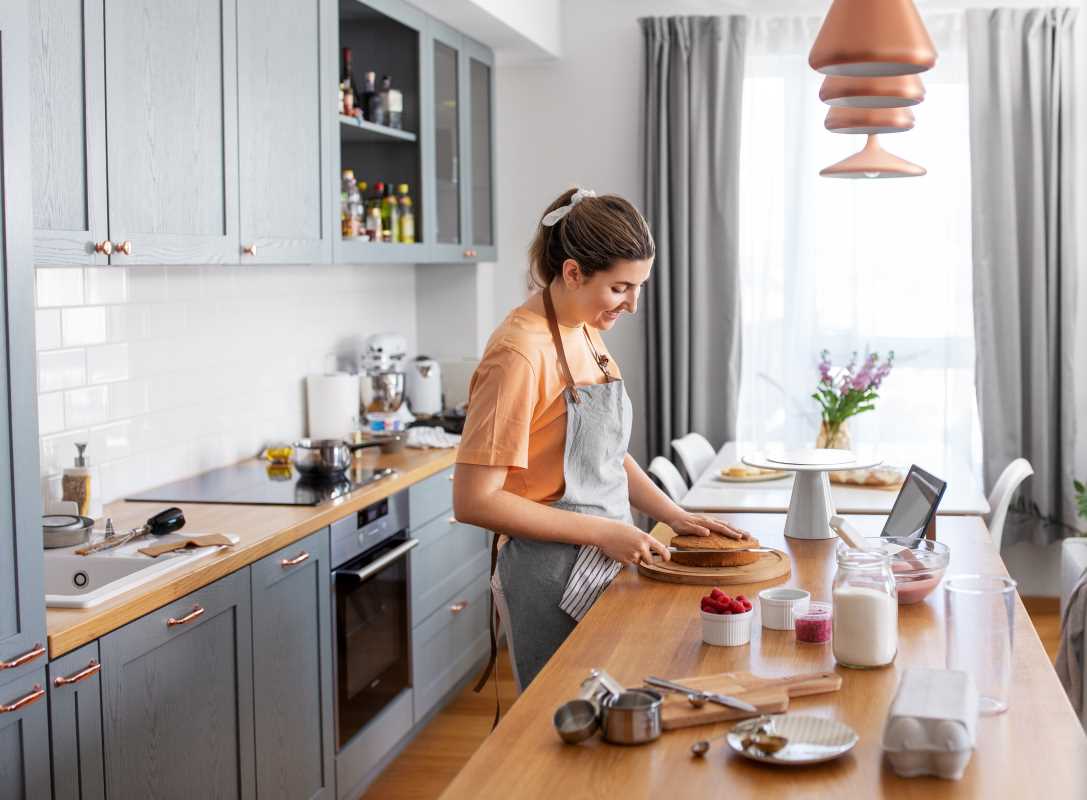Smart home technology is changing the way we interact with our living spaces, providing convenience, energy efficiency, security, and control. By integrating internet-connected devices and automation systems, homeowners can manage everyday tasks with ease, often remotely, making homes more responsive and intuitive. From controlling the lights with a simple voice command to monitoring your security cameras while on vacation, smart technology offers a new level of customization and management that enhances comfort, safety, and sustainability.
The Rise of Smart Home Technology
The concept of the smart home has rapidly evolved from a futuristic fantasy to a mainstream reality, thanks to advancements in wireless communication, artificial intelligence (AI), and the Internet of Things (IoT). IoT refers to the network of devices that are connected to the internet, allowing them to collect and exchange data. These devices—ranging from thermostats and refrigerators to speakers and lights—can communicate with one another, creating an interconnected home environment.
The adoption of smart home technology has been driven by a desire for increased convenience and automation. As tech companies continue to develop user-friendly products and integrate AI into their devices, it has become easier for people to set up and use smart systems in their homes.
Key Components of a Smart Home
- Smart Lighting
- One of the most common entry points into smart home technology is smart lighting. Smart bulbs and switches allow users to control the brightness and color of their lights from their smartphones or through voice assistants like Amazon Alexa, Google Assistant, or Apple's Siri. These systems can be programmed to adjust lighting based on time of day, occupancy, or even your mood.
- For instance, you can schedule lights to turn on gradually in the morning to simulate a sunrise or set them to switch off automatically when you leave a room, reducing energy waste.
Smart Thermostats
Smart thermostats offer precise control over home heating and cooling, resulting in enhanced comfort and energy efficiency. They can learn your daily routine and adjust the temperature automatically, ensuring that your home is comfortable when you're there and saving energy when you're not. Devices like the Google Nest Learning Thermostat allow remote control via a smartphone, letting you adjust the temperature from anywhere.
Moreover, many smart thermostats provide energy usage reports, helping homeowners identify ways to reduce energy consumption and save on utility bills.
Smart Security Systems
Security is a major concern for homeowners, and smart technology has significantly advanced home security systems. Smart locks, video doorbells, cameras, and motion sensors can all be connected to a central hub, giving you control over your home’s security. With a smart doorbell like Ring or Arlo, you can see who’s at your door and communicate with visitors even when you're not at home.
Smart security systems offer real-time notifications if something unusual occurs, and many are equipped with night vision, facial recognition, and two-way communication, enhancing overall safety. You can even set the system to arm or disarm itself automatically based on your location.
Smart Speakers and Voice Assistants
Devices such as the Amazon Echo, Google Home, and Apple HomePod are the hubs of many smart homes. These smart speakers use AI-powered voice assistants to help you control various smart devices in your home. Simply saying "Hey Alexa" or "Hey Google" can allow you to control the lights, play music, check the weather, or manage your calendar.
Voice assistants also integrate with other smart home systems, enabling full control over things like entertainment systems, security devices, or kitchen appliances. For example, you can ask your smart assistant to start the coffee maker in the morning or to lock the doors when you leave the house.
Smart Appliances
Kitchens and laundry rooms are getting smarter with the introduction of connected appliances. Refrigerators that can suggest recipes based on their contents, ovens that can be preheated remotely, and washing machines that can be started with a voice command are just a few examples of how smart technology is revolutionizing home appliances.
Samsung's Family Hub refrigerator, for instance, allows you to create shopping lists, watch TV, or even see inside the fridge while you're grocery shopping, ensuring you never forget an essential item.
Smart Plugs and Outlets
Smart plugs and outlets enable users to control traditional appliances and devices remotely. By plugging regular appliances into a smart outlet, you can schedule when they turn on or off, monitor their energy usage, and even integrate them into automation routines.
For example, you can set a coffee maker to turn on every morning before you wake up, or ensure that non-essential electronics like lamps and fans turn off when you leave the house.
Benefits of Smart Home Technology
Convenience and Control
One of the biggest draws of smart home technology is the convenience it offers. With the ability to control nearly every aspect of your home through a smartphone or voice command, everyday tasks are made simpler and more efficient. Whether you’re turning on the lights, locking the doors, or adjusting the thermostat, smart devices offer seamless control, even from miles away.
Energy Efficiency and Cost Savings
Smart home technology can significantly reduce energy consumption. Smart thermostats, lighting, and appliances allow for more precise control over energy use, minimizing waste. Many devices provide real-time energy usage statistics, helping homeowners make informed decisions about their consumption. Over time, this can lead to noticeable savings on utility bills.
Enhanced Security
Home security systems have never been more advanced than they are with smart technology. Whether it’s monitoring your home remotely or receiving real-time alerts, smart security systems give homeowners peace of mind. Features like motion detection, live video feeds, and two-way audio make it easier than ever to keep your home safe.
Customization and Flexibility
Smart homes are incredibly flexible and customizable. You can tailor your system to your lifestyle, setting up routines, automations, and schedules that fit your needs. For example, you can set up “scenes” like “Good Morning” to turn on the lights, start the coffee maker, and raise the thermostat, or “Goodnight” to turn everything off with a single voice command.
Future-Proofing Your Home
As technology continues to evolve, homes equipped with smart technology are likely to become more desirable. Smart home features can increase the value of your property and make it more attractive to tech-savvy buyers in the future.
The Future of Smart Homes
As AI and IoT technologies continue to advance, the capabilities of smart homes will only grow. We can expect more intuitive and integrated systems that will anticipate needs, optimize energy usage, and provide an even greater level of convenience and security. Smart homes may eventually become the norm, with every aspect of daily living automated and seamlessly connected.
Smart home technology is revolutionizing the way we live by providing convenience, energy efficiency, security, and customization. Whether you’re just starting with a single smart speaker or building a fully automated home, integrating smart technology into your living space can improve comfort, safety, and sustainability. As the technology continues to evolve, so too will the possibilities for creating homes that are more responsive, efficient, and tailored to our lifestyles.
In conclusion, smart home technology is revolutionizing the way we live by enhancing convenience, security, energy efficiency, health, entertainment, and connectivity in our homes. As the technology evolves, smart homes will continue to shape the future of living spaces, creating more efficient, comfortable, and intelligent environments for homeowners.






.jpg)
